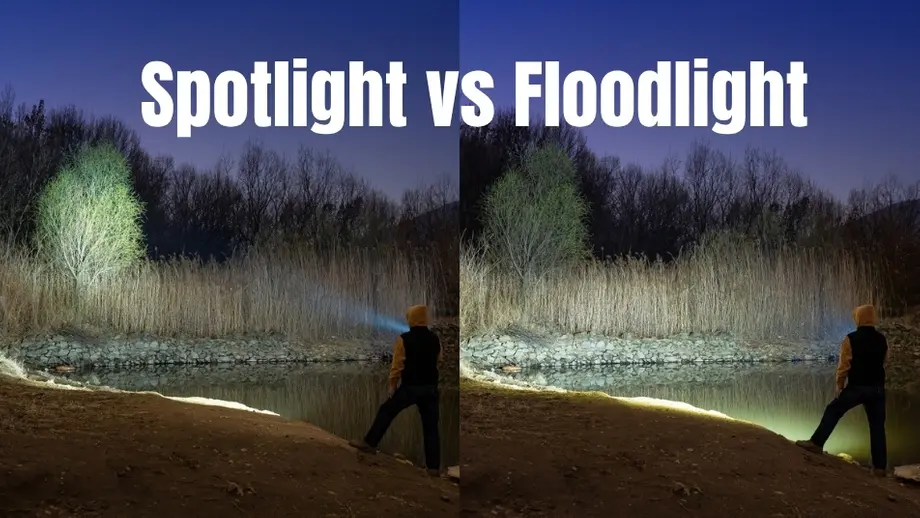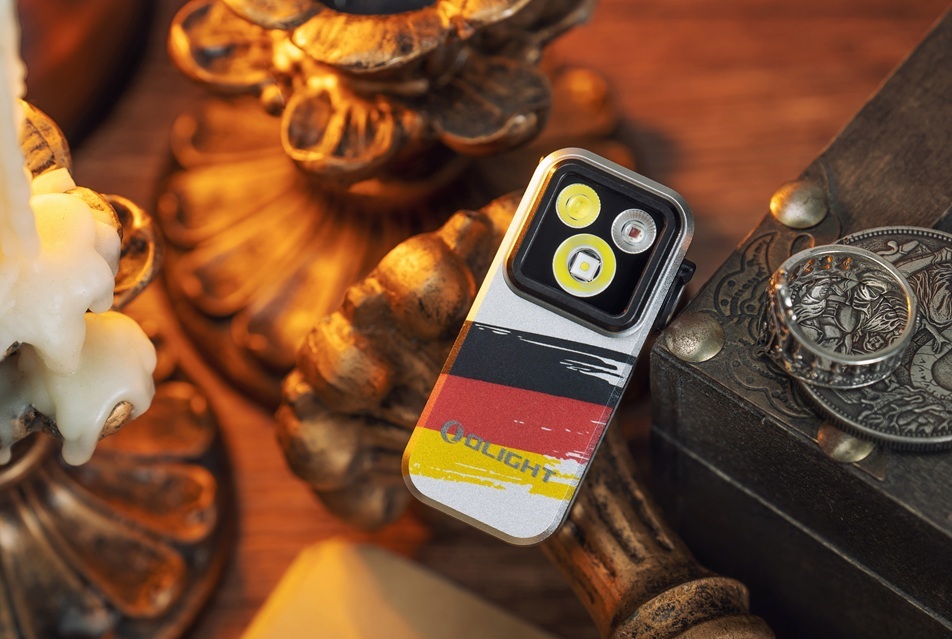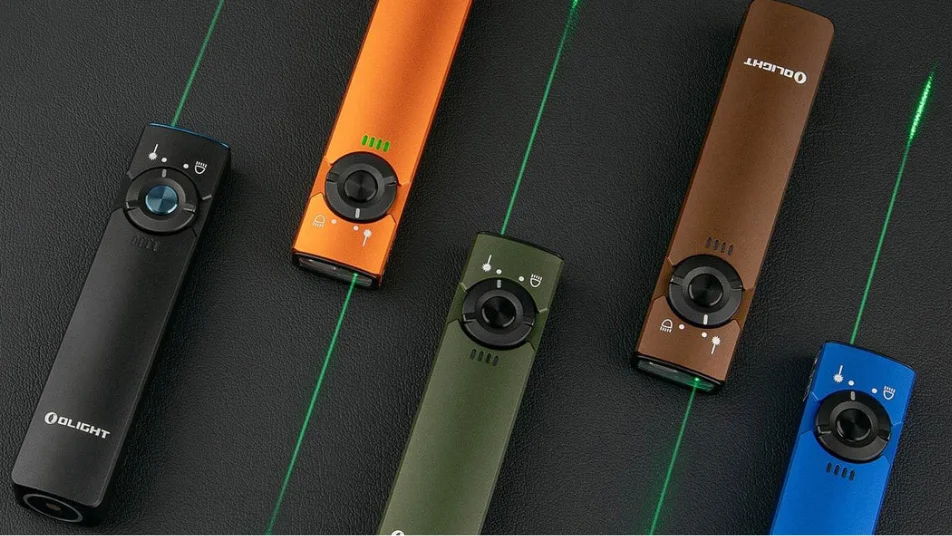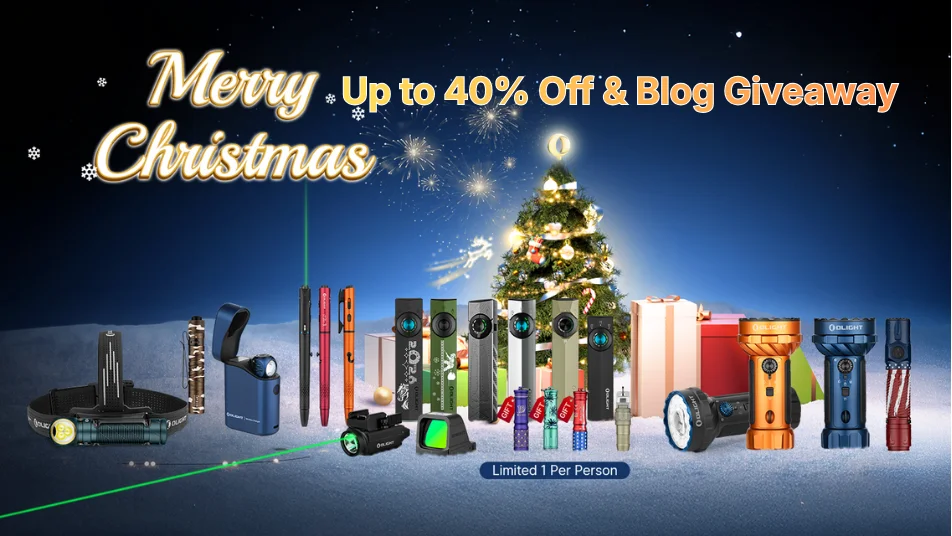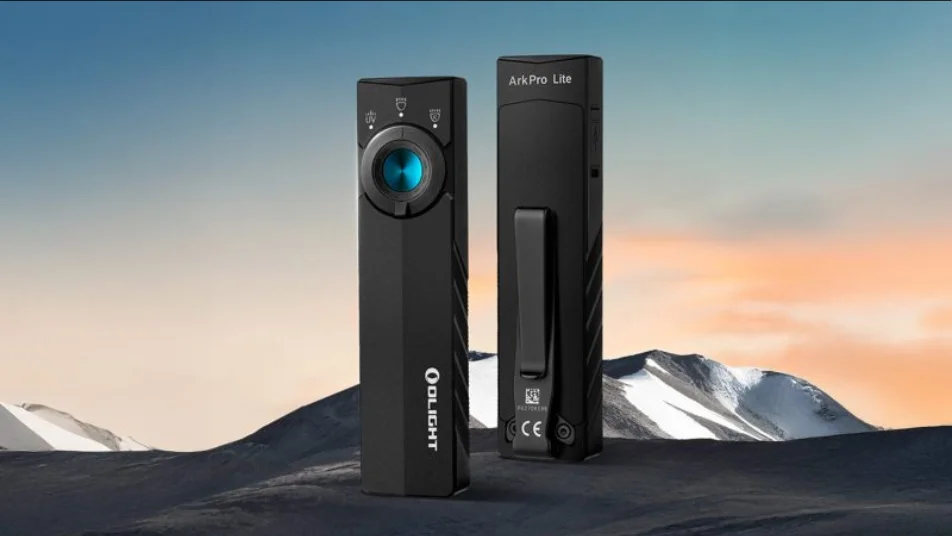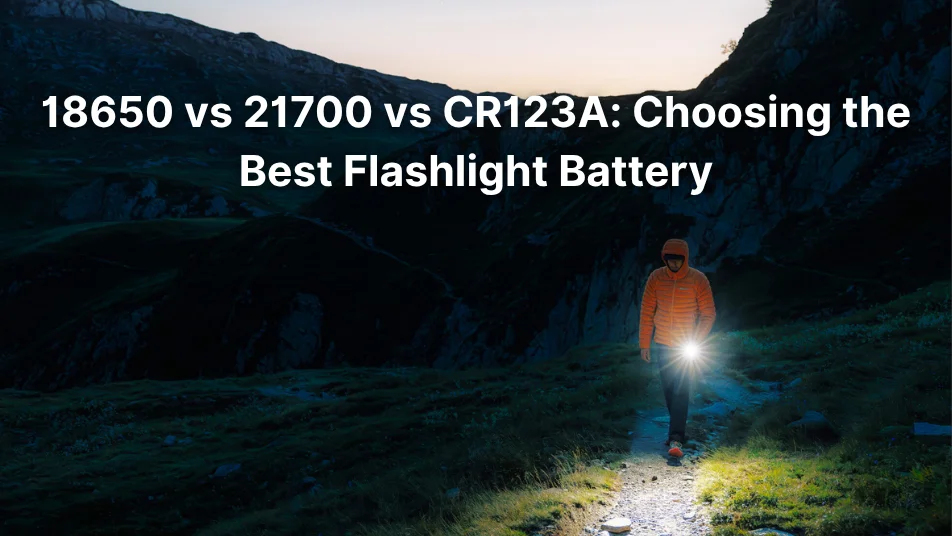When it comes to buying a flashlight, most people focus on brightness and often ask, “How many lumens do I need?” While brightness is important, beam type is just as crucial. Choosing between a spotlight and a floodlight and understanding how they relate to brightness can make the difference between a flashlight that’s useful and one that’s frustrating.
In this guide, we’ll break down the differences between spotlight and floodlight beams, how many lumens you really need, and which combination is best for different tasks — from hiking to home repairs.
What’s the Difference Between a Spotlight and a Floodlight?
Flashlights differ not only in brightness but also in beam shape and beam angle, which directly affects how the light is distributed.
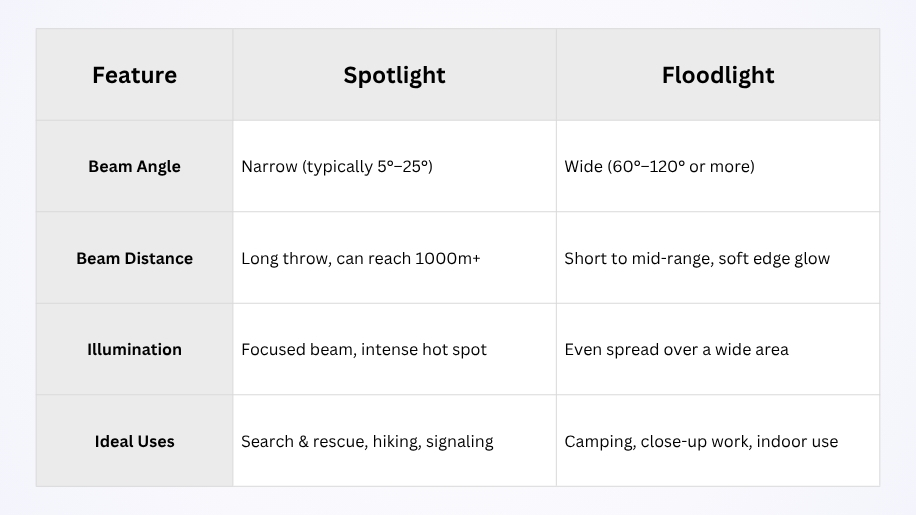
Spotlights are designed to focus light in a tight, concentrated beam, making them ideal for tasks that require long-distance visibility. Floodlights, on the other hand, spread light evenly across a broad area, making them better for illuminating your immediate surroundings.
Think of it like using a garden hose: a spotlight is like using a nozzle to shoot water far and narrow, while a floodlight is like letting water flow out in a wide, gentle spray.
How to Choose the Right Beam Type and Brightness
When choosing a flashlight, brightness matters — but lumens alone don’t tell the whole story. A 300-lumen spotlight can shine farther than a 1000-lumen floodlight simply because its beam is more focused. That’s why you need to consider both brightness (lumens) and beam type (spotlight or floodlight) based on your specific use case.
Here’s a quick guide:
👉 Choose a floodlight if you need:
● Wide, even illumination at close range
● Comfortable lighting for camping, reading, or workspace use
● Less glare and better situational awareness in tight environments
👉 Choose a spotlight if you need:
● Long-distance visibility (e.g., hiking, search and rescue)
● Focused illumination with minimal spill
● A strong beam for signaling or targeting objects
👉 Consider a hybrid beam if you:
● Want a single light to handle multiple environments
● Need flexibility without switching devices
● Prefer adjustable settings for both wide and focused beams
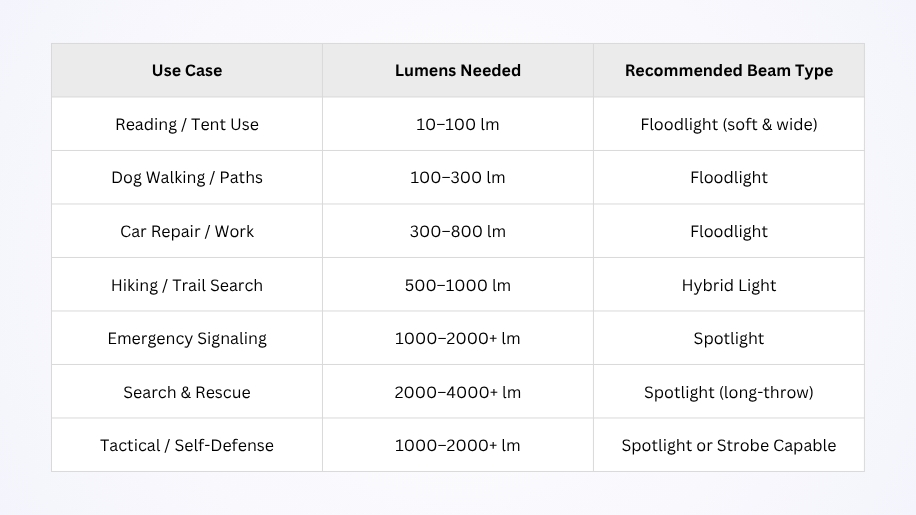
Note: The information in this chart is for reference only. Actual needs may vary depending on the environment and personal preference.
The most effective flashlight isn’t always the brightest — it’s the one that matches your beam needs and brightness level to your real-world use.
Real-World Example: Spotlight vs Floodlight in Action
To better understand when to use a spotlight or a floodlight, let’s look at a few everyday scenarios — using the Oclip Ultra, a compact dual-white light EDC light with both flood and spot modes, as an example.
You’re out on a night hike. Clipped to your backpack strap, the Oclip Ultra is running in spotlight mode, casting a focused beam down the trail. It’s not overly bright, just precise enough to catch uneven terrain, tree roots, or even the glint of distant eyes without overwhelming your night vision.
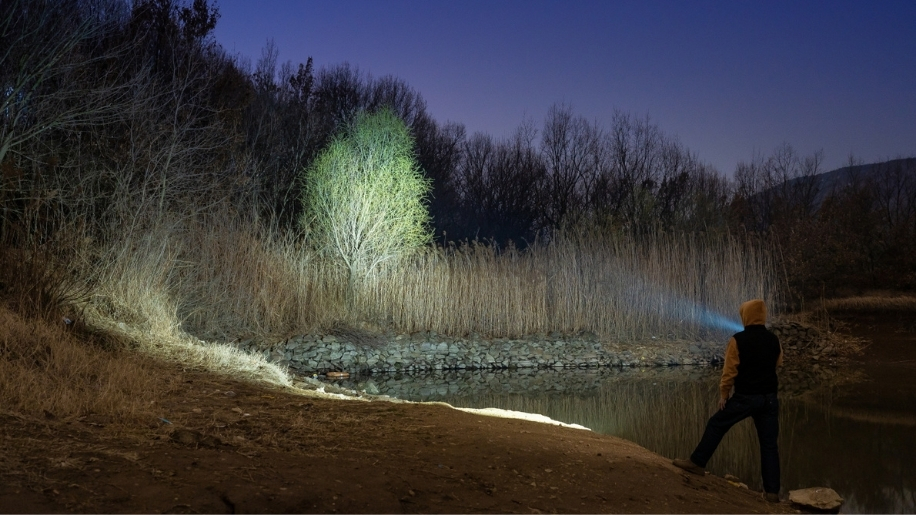
Later that evening, at your campsite, you tap the switch to activate floodlight mode. Now, the same light gently illuminates your cooking area or tent, spreading a soft glow that’s perfect for reading, organizing gear, or relaxing without sharp shadows. It transitions seamlessly from movement to stillness — no need to carry multiple tools.
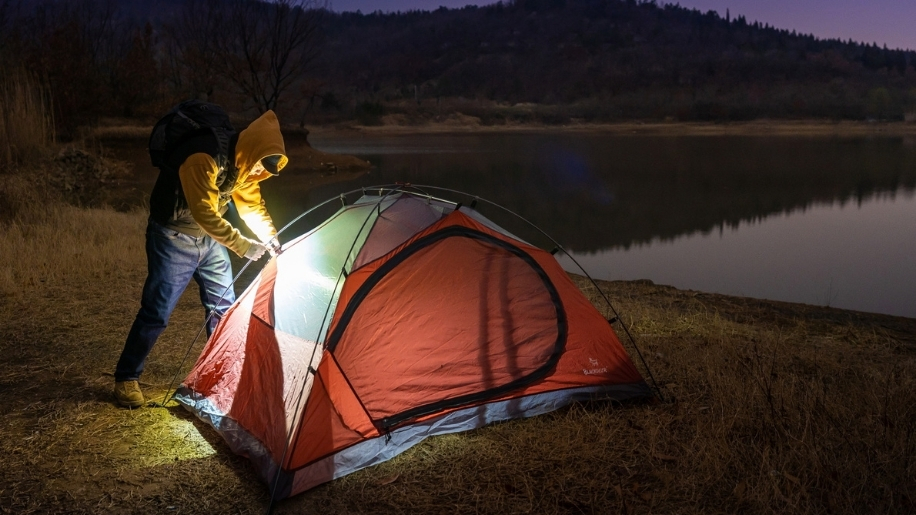
Now imagine a power outage at home. You grab your Oclip Ultra from the desk where it usually lives. A quick press gives you a tight spot beam, just enough to check outside your window or inspect the breaker panel. Inside, flood mode again proves useful, letting you move from room to room without blinding yourself or startling others.
With one light, two beams, and endless uses, the Oclip Ultra shows how having both spotlight and floodlight functions in a single device isn’t just convenient — it’s practical preparedness wherever you are.
Final Thoughts
Understanding how lumens and beam type work together helps you choose a light that truly fits your needs — whether it’s for hiking, home use, or emergency situations. The best flashlight isn’t just the brightest — it’s the one that works best for you.
*If you found this guide helpful, feel free to share it with someone who might need it. Got questions or tips of your own? Join the conversation in the comments — we’d love to hear from you.

